Vietnam offers a wide variety of delicious breakfast options, such as bread, rice, noodles, vegan options, or meaty options, etc. To enjoy the authentic Vietnamese lifestyle, read our recommended Vietnamese breakfast below to try once.
1. Pho
Many countries throughout the world recognize pho as a symbol of Vietnamese cuisine since it is the national dish of Vietnam. Pho consists mostly of noodles in a flavorful broth with either thinly sliced beef or chicken. Spices including pepper, lemon, fish sauce, and chili are available to please a wide range of customers. Fresh herbs, such as bean sprouts, coriander, and basil, are added to the meal as well to boost the flavor. The highlight of every Vietnamese breakfast or culinary tour should be a steaming bowl of Pho.
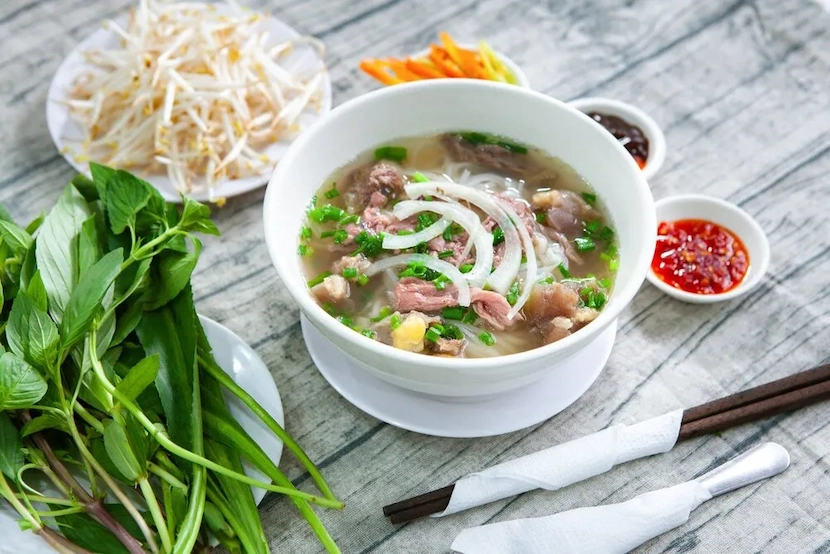
Pho is a versatile dish that many Vietnamese people can eat for every meal of the day, not just in the morning. However, both natives and foreign tourists agree that it is one of the country's best Vietnamese breakfast options.
Where to have Pho: Northern and Southern Vietnam. However, Northern and Southern Pho have different tastes. The Northern one has a deeper, richer flavor, while the Southern version has a sweeter broth. Restaurants often serve Pho with bagel twists in the north and a plate of fresh herbs on the side.
2. Bun (Rice Vermicelli)
Bun (rice vermicelli) is a tiny, round, white thread formed from rice flour and served as one of the main ingredients in delicious Vietnamese noodle soups for breakfast. The Vietnamese rice vermicelli dish is varied, favored, and well-liked. Don’t be surprised to find that vermicelli meals vary in preparation from place to place and even within the same region.
- Northern Bun dish: Bun Cha (rice vermicelli with grilled chopped meat), Bun Rieu Cua (rice vermicelli with sour crab soup), Bun Oc (rice vermicelli with snails),...
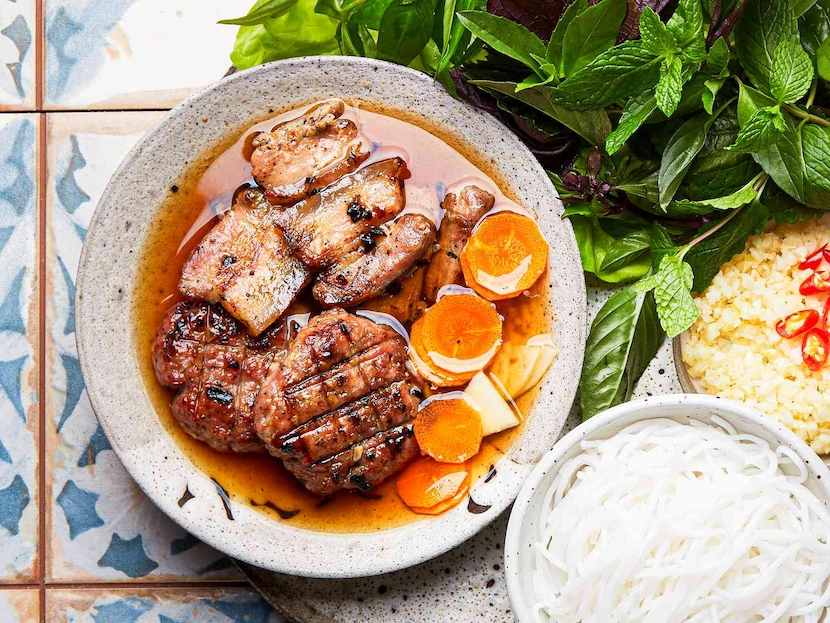
- Central Bun dish: Bun Bo Hue (rice vermicelli with beef), Mi Quang (Quang noodles), Bun Sua (rice vermicelli with jellyfish), Bun Mam Nem (rice vermicelli with pork and shrimp paste sauce),...
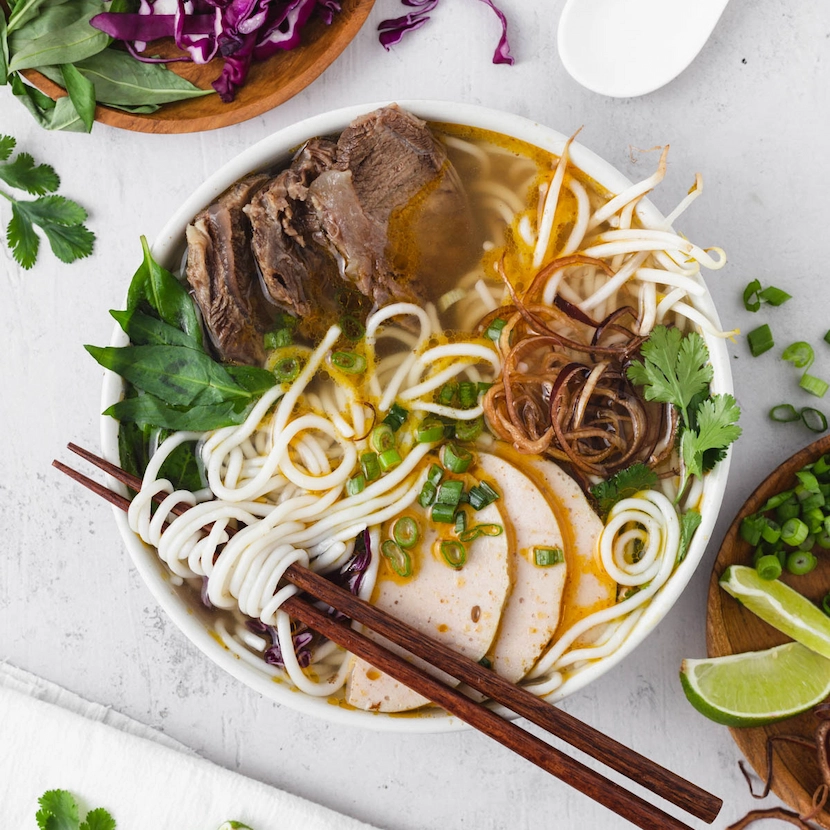
- Southern Bun dish: Bun Mam (rice vermicelli with seafood and shrimp paste broth), Bun Rieu Cua (rice vermicelli with crab), Bun Ca Chau Doc (rice vermicelli with fish in Chau Doc style),...

Read more: Bun - Rice Vermicelli: A guide to Vietnam's iconic noodle dishes
3. Mien (Glass noodles)
In Vietnam, "mien" is thin, transparent noodles with a little chewy feel. “Mien" is largely consumed in the north of Vietnam and can be found in most traditional holiday dining tables. Glass noodles sometimes can be the main ingredient (chicken glass noodle soup) or the complement item (spring roll filling). For a typical Vietnamese breakfast, mien ga (glass noodles with chicken) will make a happy morning with hot and fragrant chicken broth, aromatic veggies, and big chunks of shredded chicken. Other dishes with “mien" can also easily be found in Hanoi, such as Mien Ngan (glass noodles with goose).
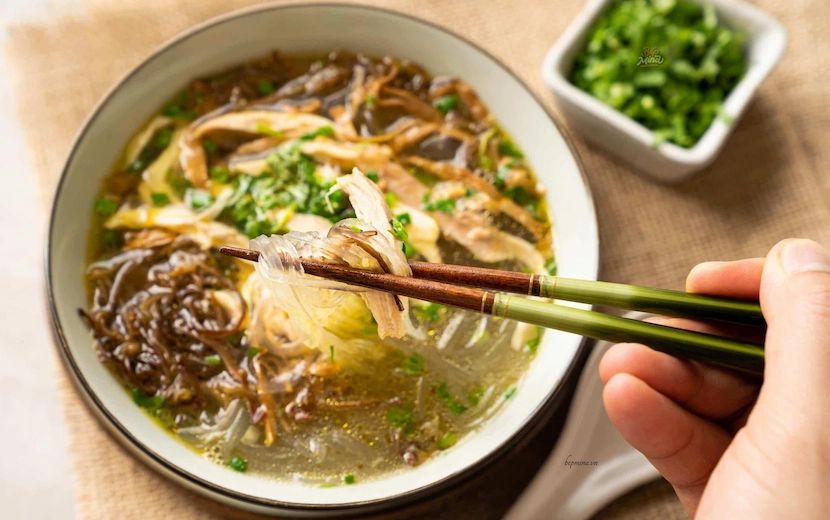
4. Xoi (Sticky rice)
For those Vietnamese who work in agriculture or other manual occupations, Xoi (sticky rice) is a popular choice since it fills people up quickly. To top it all off, it's a staple of Vietnamese breakfast cuisine. You can buy sticky rice with relative ease from shops and street vendors lining the roads that connect cities and towns. The merchant can make the sticky rice more appetizing by frying it, wrapping it in banana leaves, adding meat, etc., but the star ingredient will still be sticky rice.
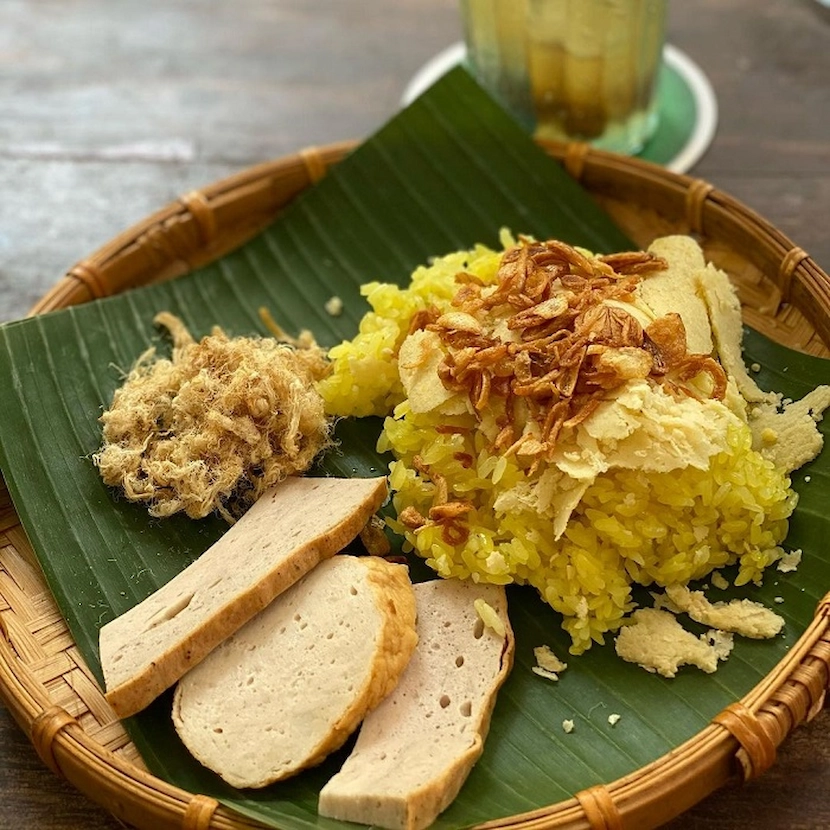
5. Banh mi
If you come to Vietnam without trying Banh mi, there is just 1 reason I can think of: you are allergic to wheat! Banh mi is a traditional Vietnamese breakfast food. It's budget-friendly, filling, delicious, and easily transportable. Banh mi is the ideal grab-and-go breakfast for folks who need to get to work or school early. Normally, people dip Banh mi in condensed milk or put many fillings like sausages, fried eggs, ham, pickles, and herbs in it. How this simple sandwich became the go-to for millions of people every morning is also fascinating. Banh mi has been a part of my life since I was a little child. I love the crunchiness of Vietnamese baguettes, the savor of different proteins, and the freshness and balance of pickles and vegetables.
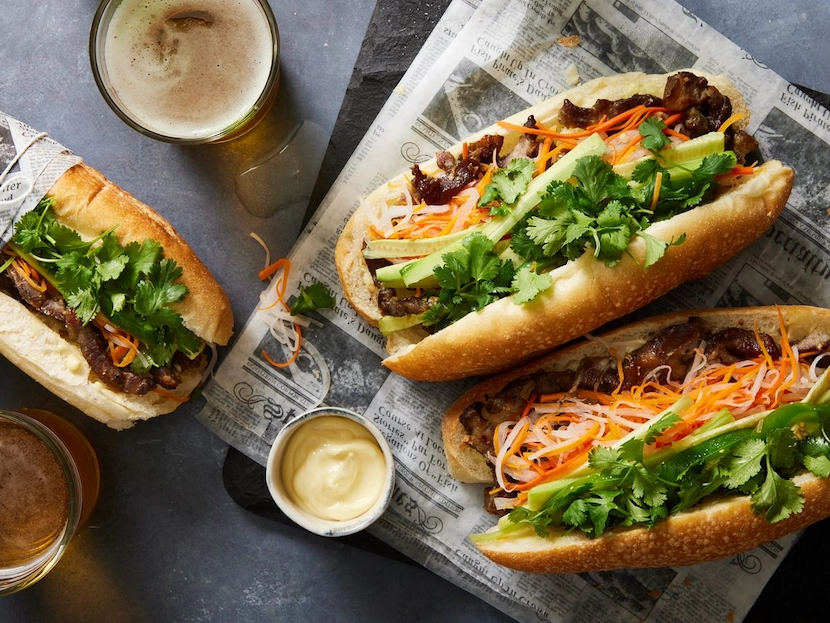
6. Steamed buns
The original recipe for Banh bao (steamed bun) was developed in China; however it was adapted in Vietnam to better suit local tastes. Vietnamese steamed buns have different fillings. Traditionally, you can find ground pork, wood ears, mushrooms, vermicelli, sausage, quail eggs, and chicken eggs in the filling, among other things that change with the seasons and what's available in Vietnam.
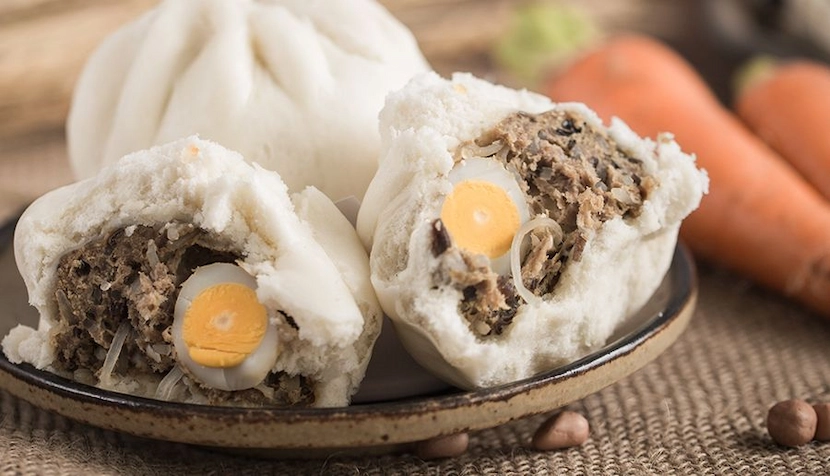
Banh bao is a popular breakfast in Vietnam, and for good reason: you can get a warm Vietnamese steamed bun from a street vendor for relatively little money. Thus, you should prioritize eating a steamed bun for breakfast if you ever visit Vietnam.
7. Rolled steamed rice cake
While rice appears to be the parent of many delicious Vietnamese foods, another speciality, Banh cuon (Rolled steamed rice cake), is produced from rice flour. A thin and wide coating of steamed rice flour encases the fillings of Banh cuon, which include minced wood ear mushrooms and seasoned ground pork.
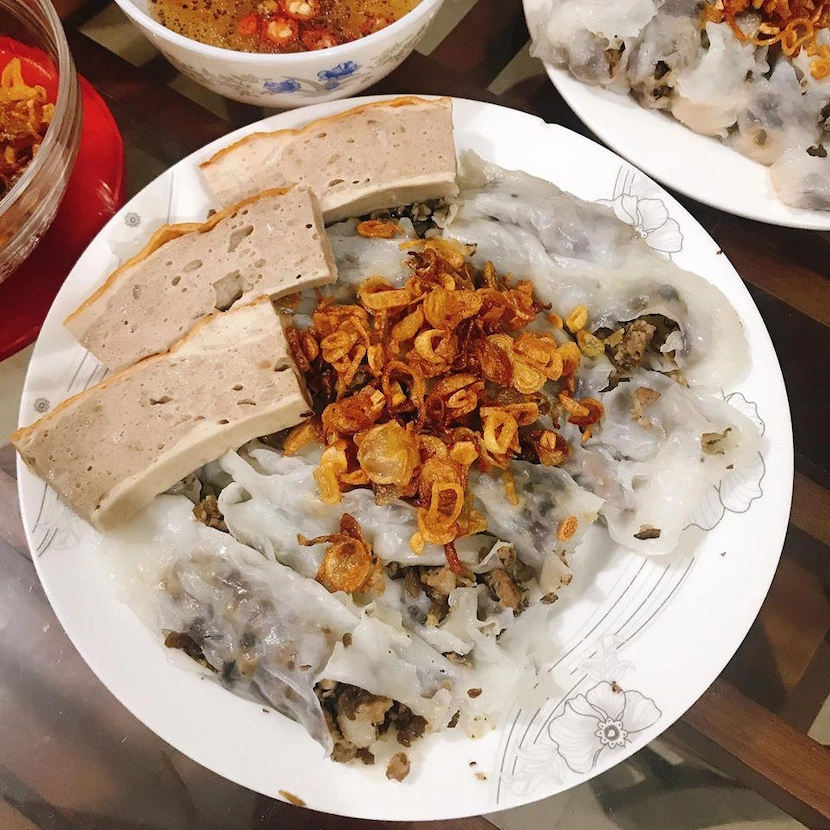
For dipping, Vietnamese people use a special sauce called Nuoc cham (fish sauce with sugar, vinegar) and eat rice rolls alongside Cha que (Vietnamese pork sausage). In the past, the dipping sauce was never quite right until a few drops of Ca cuong's essence were added. Even though it is more expensive and difficult to get, Ca cuong's essence may still be tasted today.
8. Porridge
Vietnamese residents have long praised congee for being a reliable source of comfort food and health advantages. You may get this tasty rice porridge meal at every restaurant in the city, from the cheapest food stands and marketplaces to the most exclusive dining establishments.
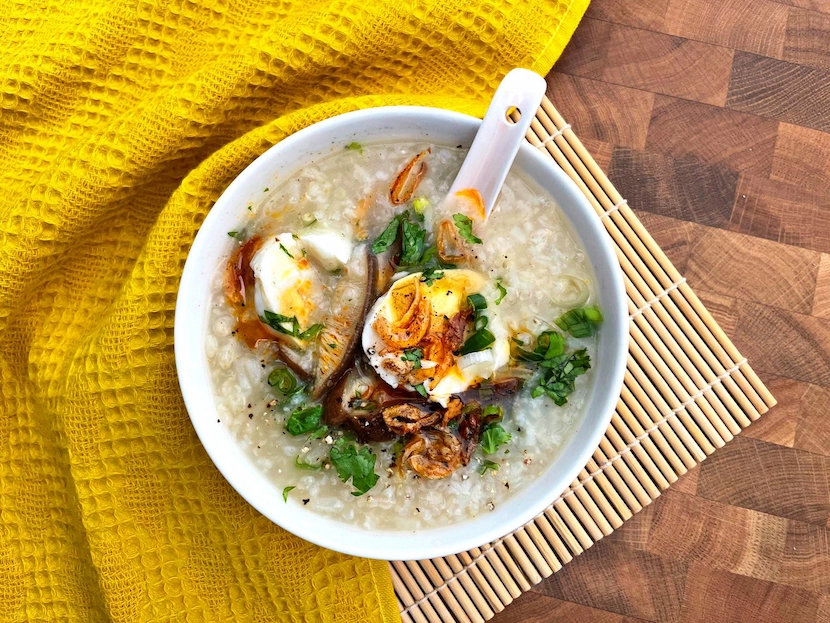
It's true that not all rice porridge (congee) is the same. Some are quite simple like mung bean congee served with fried tofu, while others add flavor with minced pig or organ meat, or even a soft-boiled egg, and all are delicious. Vietnamese often eat congee with bagel twists, a lot of pepper and chili flakes in the winter to keep the body warm.
9. Balut
You may never know of this dish if you are not traveling to Southeast Asian countries. Balut is a growing egg embryo that has been fertilized (often a duck egg). It will be incubated for 14-21 days, depending on personal preference. After that, it's time to serve. The yellow component of the egg is the yolk, while the black and white portion is the developing duckling. It is best to serve balut hot with its own juice inside the shell, sliced ginger, salt , and laksa leaves. Normally, since the balut is quite small, Vietnamese often eat a bowl of porridge after that or include it in Bun Rieu Cua as a topping.
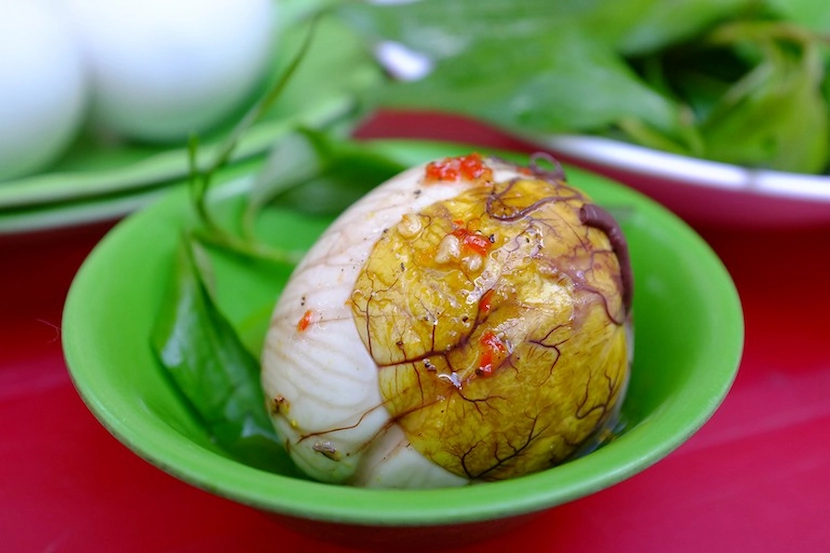
Despite its reputation as one of the world's most horrifying foods, balut is widely regarded as a Vietnamese breakfast with eggs staple.
10. Banh gio (Rice pyramid dumpling with minced pork)
Banh gio is a steamed Vietnamese delicacy that originated in the country's northern regions. This bite-sized delicious treat is wrapped in fragrant banana leaves and stuffed with ground pork, mushrooms, and onions for a flavorful snack any time of day. It is one of the best Vietnamese breakfast options for Northern people. Besides the dumpling itself, banh gio can be served with different toppings depending on preference and shop availability: pork ear sausage, pickled cucumber, green sticky rice patties, Chinese sausage, etc. Hanoi's maze of streets is dotted with street vendors selling banh gio at every turn. Banh gio, despite its simplicity, reflects the grace with which Hanoians approach life. It's not something you can wolf down quickly.
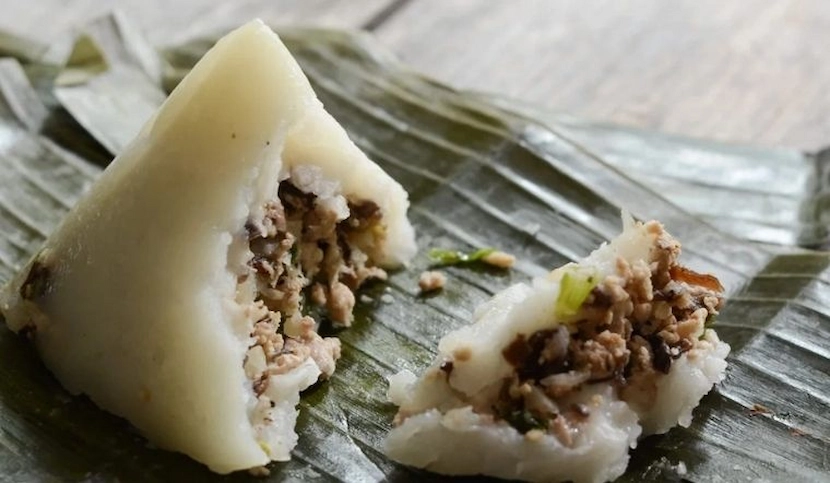
Vietnamese breakfast is overwhelming in diversification. These 10 Vietnamese breakfast options are the most typical, but they are not all Vietnam has to offer you. Many Vietnamese traditional “Banh” (Mostly rice cakes) like “banh te” (rice cake with wood-ear mushroom and ground pork), “banh tro” (glutinous rice cake made with leaves ash) are worth a try as well. Steamed sweet potatoes and corn are also common for a vegetarian breakfast. Vietnamese, especially workers or farmers who need more energy, even eat rice in the morning (broken rice, fried rice…).
See more interesting information about Vietnam:










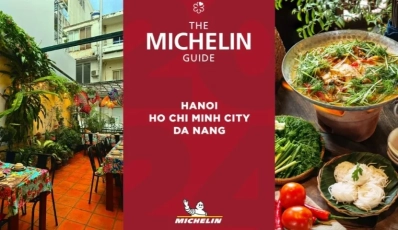

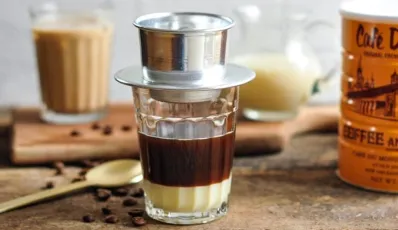



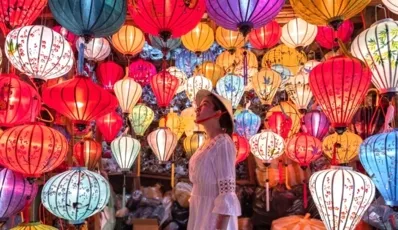




 TRAVELERS' CHOICE 2025
TRAVELERS' CHOICE 2025 


